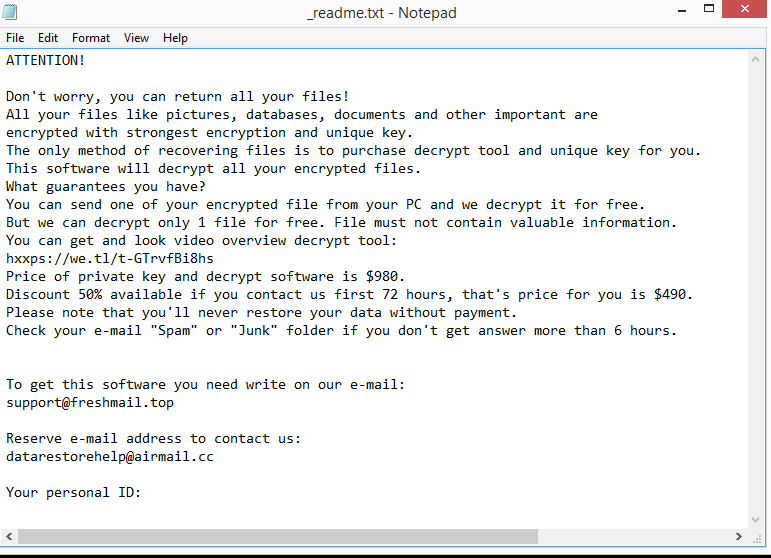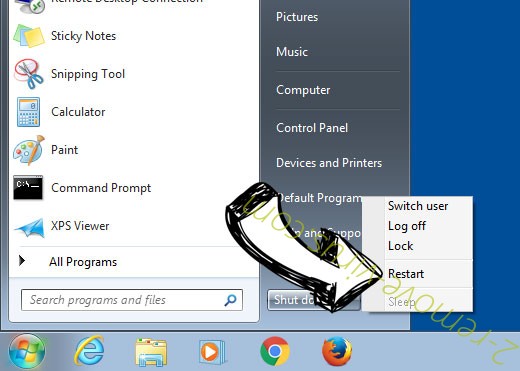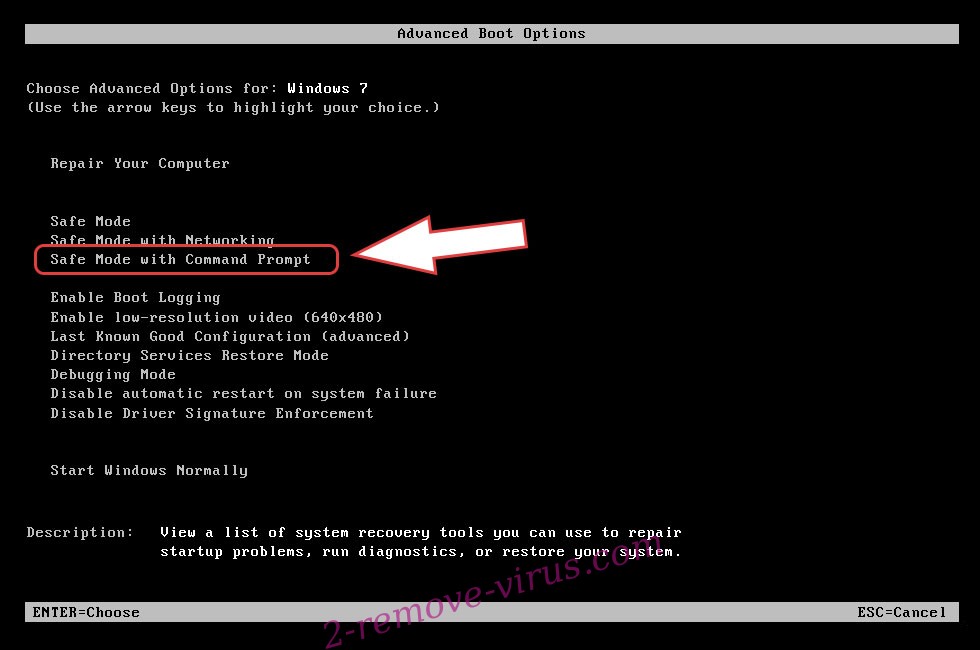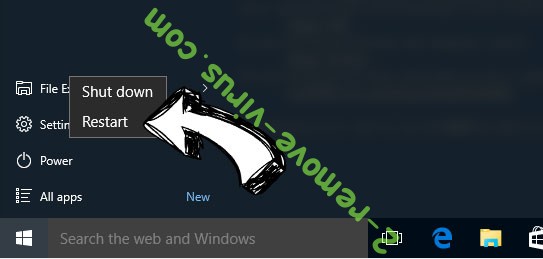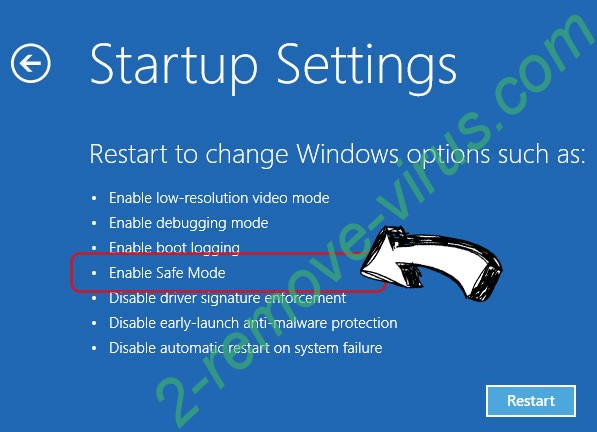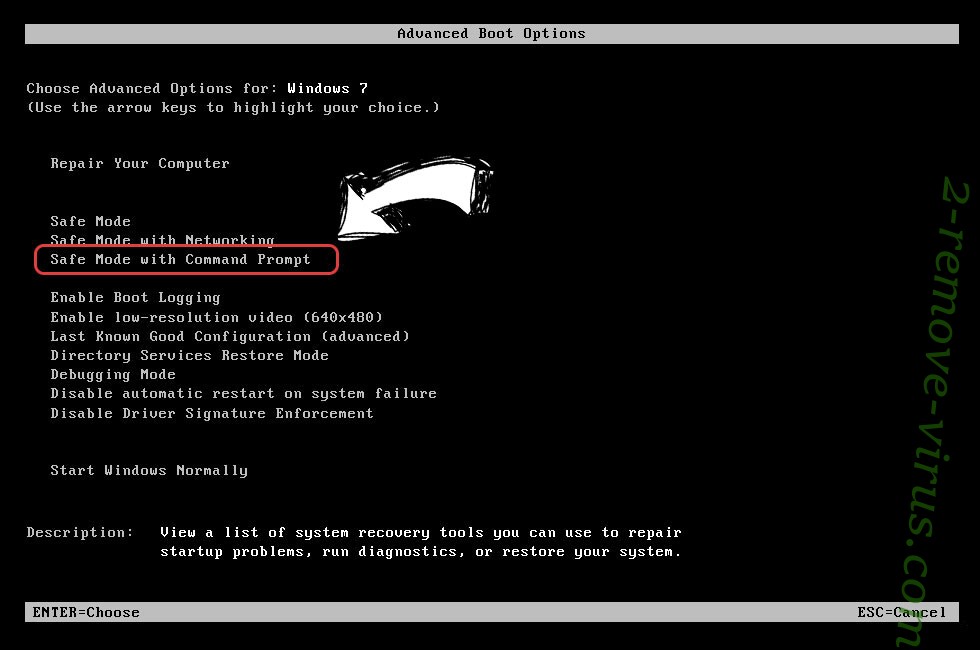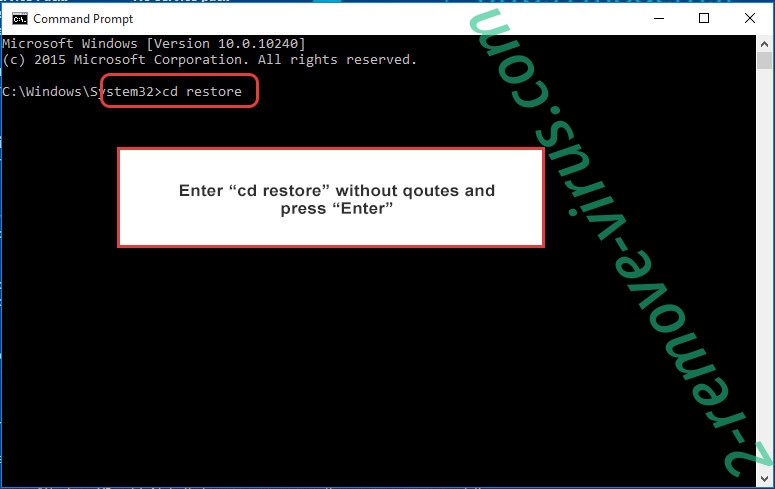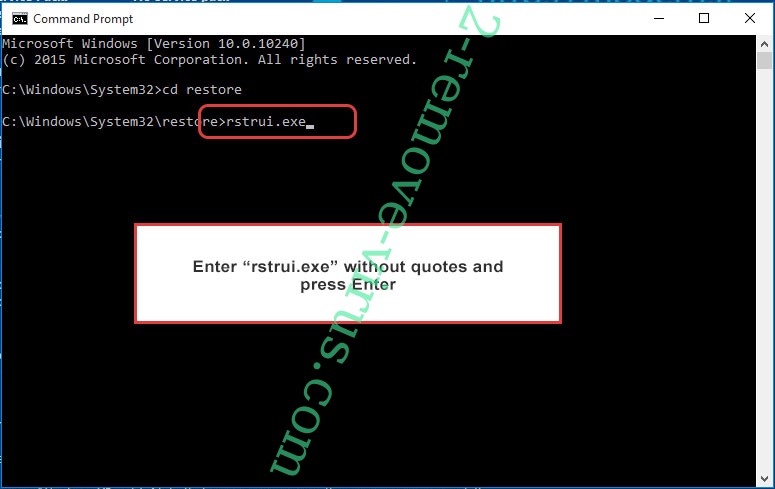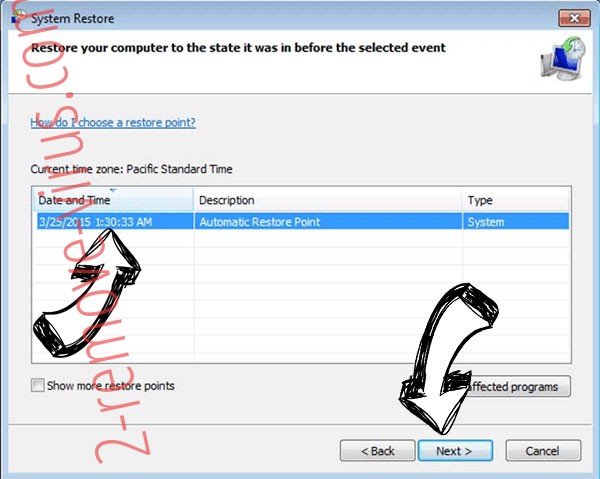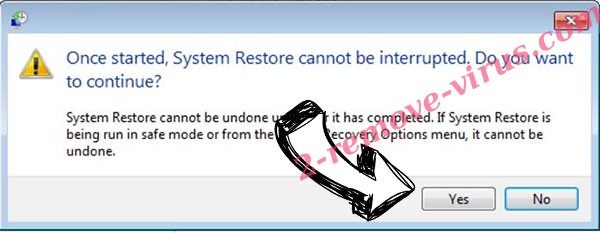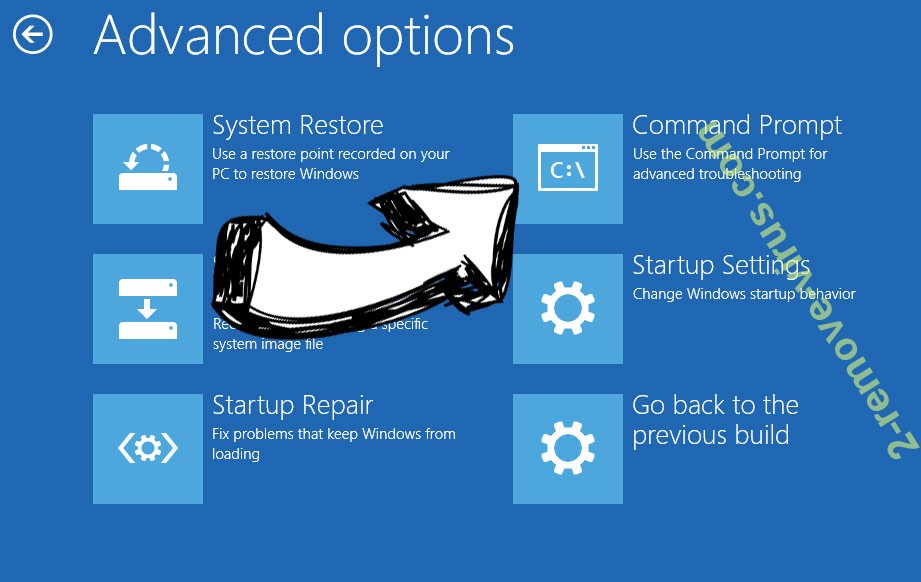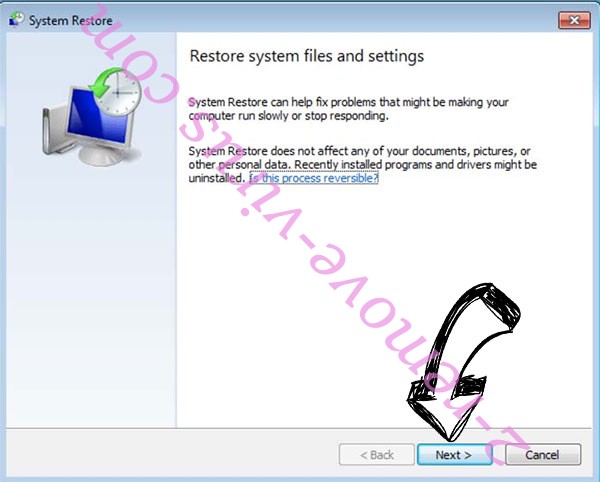Qaqa ransomware is file-encrypting malware that targets personal files. It will encrypt those files and add the extension .qaqa to them. Because of this, it’s also referred to as the .qaqa virus. This ransomware is part of the Djvu/STOP ransomware family, which is operated by a group of cybercriminals who release new malware versions regularly. Once files have been encrypted, you will not be able to open them unless you first use a decryptor on them. And the decryptor will not be easy to get. It will also be expensive. Users who have copies of their files saved in backups should not have any issues with file recovery as long as they first remove Qaqa ransomware from their computers.
Qaqa ransomware is developed by the same cybercriminals responsible for hundreds of other Djvu/STOP versions. New versions are released on a regular basis, often at least a couple a week. The versions are more or less identical to one another. They can be differentiated by the .qaqa extension added to encrypted files. All personal files (including photos, videos, documents, etc.) will be encrypted and have this extension. For example, text.txt would become text.txt.qaqa if encrypted. Unfortunately, files with this extension will not be openable unless they’re first put through a specific decryptor. The decryptor is not easy to get, however.
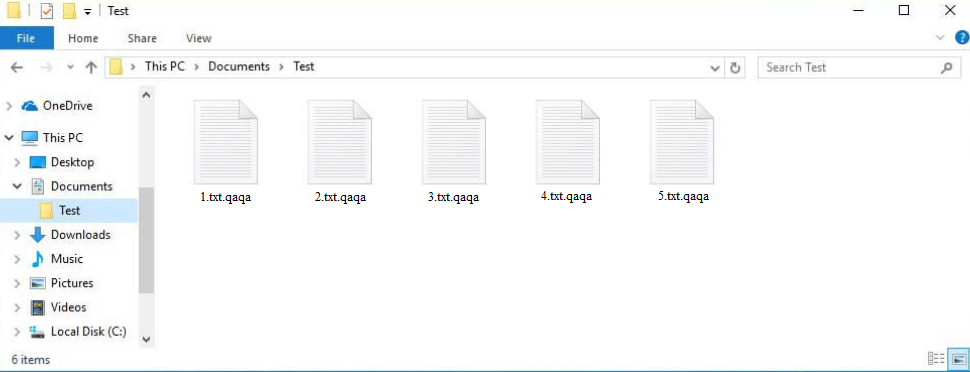
A _readme.txt ransom note is dropped in every folder containing encrypted files when the ransomware has finished encrypting the data. The note does explain how victims can recover files, though it’s always the same text included in the note. Unfortunately, to get the decryptor, you would need to pay a ransom. The ransom amount is $980 but there’s supposedly a 50% discount for victims who contact the cybercriminals within the first 72 hours. Paying may seem like a good option for those who do not have backups, but it’s not recommended. It’s not recommended mainly because it does not guarantee a decryptor. Considering that the people at the other end of the deal are cybercriminals, there’s no way of knowing whether they will actually send the decryptor. Many users have paid in the past, only to receive nothing in return. And whether the discount part is true or not, it’s still quite a lot of money. Furthermore, the money would go toward future criminal activities.
Once you remove Qaqa ransomware from your computer, you can begin file recovery if you have copies of your files in a backup. Before connecting to your backup, you need to guarantee that the ransomware is completely removed from your system because if not, your backed-up files will also be encrypted. Hence, to remove Qaqa ransomware, be sure to use a good anti-malware program.
If you do not have a backup, your only option is to wait for a free Qaqa ransomware decryptor to be released. You will not find a free Qaqa ransomware decryptor at the moment but it’s not impossible that it would be released in the future. If it does get released, NoMoreRansom would have it. There’s also a free Djvu/STOP decryptor by Emsisoft but while it’s worth a try, it’s unlikely to work on ransomware from the Djvu/STOP ransomware family.
How does ransomware spread?
Malicious actors spread malware in a variety of methods. Those with poor browsing habits are more likely to end up with malware because they tend to open unsolicited email attachments that may contain malware, use torrents to pirate, click on random links, etc. If you take the time to develop better habits, you will be able to avoid malware.
Malicious emails are often full of grammar/spelling mistakes. These mistakes are immediately obvious because malicious senders pretend to be from known companies, supposedly emailing with important business. You will never see obvious mistakes in legitimate emails because they look very unprofessional. But for whatever reason, malicious emails are full of them. Another sign that can often give away a malicious email is words like “User”, “Member”, and “Customer” used to address users instead of using their names. When legitimate companies send emails to their customers, they always address them by name because it makes emails seem more personal. However, malicious actors usually do not have access to users’ personal information, so they use generic words.
However, it’s important to note that malicious emails can occasionally be more sophisticated. As a result, it’s a good idea to check all unsolicited email attachments using VirusTotal or anti-virus software before opening them.
Moreover, malicious actors frequently use torrents to spread malware. Because torrent sites are generally very poorly monitored, it is well-known that they are full of malware. A malicious torrent can remain up for quite some time after being uploaded. Malware is frequently found in torrents for popular movies, TV series, video games, software, etc. Using torrents to pirate copyrighted content is dangerous for your computer/data, as well as essentially stealing.
How to remove Qaqa ransomware
It is not recommended to try to manually remove Qaqa ransomware because it is a sophisticated infection that should only be removed using professional anti-virus software. If you try to do it manually, you could end up causing additional damage to your device. Furthermore, manual ransomware removal can be a complicated process, and if you do not remove all ransomware files, the infections may be able to recover. If that were to happen while you were connected to your backup, the backed-up files would become encrypted as well. That could lead to irreversibly encrypted files.
You can wait for a free Qaqa ransomware decryptor to be released if you don’t have a backup. Though it’s not certain when or even if such a decryptor would be released, you should nonetheless back up your encrypted files and occasionally check NoMoreRansom for a decryptor. It’s also worth mentioning that there are many fake decryptors advertised on questionable forums and websites. If a decryptor is not available on a legitimate site like NoMoreRansom, the one on a questionable forum will be fake.
Quick Menu
Step 1. Delete Qaqa ransomware using Safe Mode with Networking.
Remove Qaqa ransomware from Windows 7/Windows Vista/Windows XP
- Click on Start and select Shutdown.
- Choose Restart and click OK.

- Start tapping F8 when your PC starts loading.
- Under Advanced Boot Options, choose Safe Mode with Networking.

- Open your browser and download the anti-malware utility.
- Use the utility to remove Qaqa ransomware
Remove Qaqa ransomware from Windows 8/Windows 10
- On the Windows login screen, press the Power button.
- Tap and hold Shift and select Restart.

- Go to Troubleshoot → Advanced options → Start Settings.
- Choose Enable Safe Mode or Safe Mode with Networking under Startup Settings.

- Click Restart.
- Open your web browser and download the malware remover.
- Use the software to delete Qaqa ransomware
Step 2. Restore Your Files using System Restore
Delete Qaqa ransomware from Windows 7/Windows Vista/Windows XP
- Click Start and choose Shutdown.
- Select Restart and OK

- When your PC starts loading, press F8 repeatedly to open Advanced Boot Options
- Choose Command Prompt from the list.

- Type in cd restore and tap Enter.

- Type in rstrui.exe and press Enter.

- Click Next in the new window and select the restore point prior to the infection.

- Click Next again and click Yes to begin the system restore.

Delete Qaqa ransomware from Windows 8/Windows 10
- Click the Power button on the Windows login screen.
- Press and hold Shift and click Restart.

- Choose Troubleshoot and go to Advanced options.
- Select Command Prompt and click Restart.

- In Command Prompt, input cd restore and tap Enter.

- Type in rstrui.exe and tap Enter again.

- Click Next in the new System Restore window.

- Choose the restore point prior to the infection.

- Click Next and then click Yes to restore your system.

Offers
Download Removal Toolto scan for Qaqa ransomwareUse our recommended removal tool to scan for Qaqa ransomware. Trial version of provides detection of computer threats like Qaqa ransomware and assists in its removal for FREE. You can delete detected registry entries, files and processes yourself or purchase a full version.
More information about SpyWarrior and Uninstall Instructions. Please review SpyWarrior EULA and Privacy Policy. SpyWarrior scanner is free. If it detects a malware, purchase its full version to remove it.

WiperSoft Review Details WiperSoft (www.wipersoft.com) is a security tool that provides real-time security from potential threats. Nowadays, many users tend to download free software from the Intern ...
Download|more


Is MacKeeper a virus? MacKeeper is not a virus, nor is it a scam. While there are various opinions about the program on the Internet, a lot of the people who so notoriously hate the program have neve ...
Download|more


While the creators of MalwareBytes anti-malware have not been in this business for long time, they make up for it with their enthusiastic approach. Statistic from such websites like CNET shows that th ...
Download|more
Site Disclaimer
2-remove-virus.com is not sponsored, owned, affiliated, or linked to malware developers or distributors that are referenced in this article. The article does not promote or endorse any type of malware. We aim at providing useful information that will help computer users to detect and eliminate the unwanted malicious programs from their computers. This can be done manually by following the instructions presented in the article or automatically by implementing the suggested anti-malware tools.
The article is only meant to be used for educational purposes. If you follow the instructions given in the article, you agree to be contracted by the disclaimer. We do not guarantee that the artcile will present you with a solution that removes the malign threats completely. Malware changes constantly, which is why, in some cases, it may be difficult to clean the computer fully by using only the manual removal instructions.
